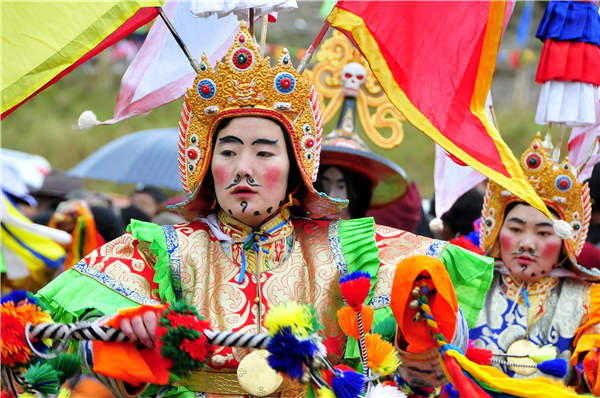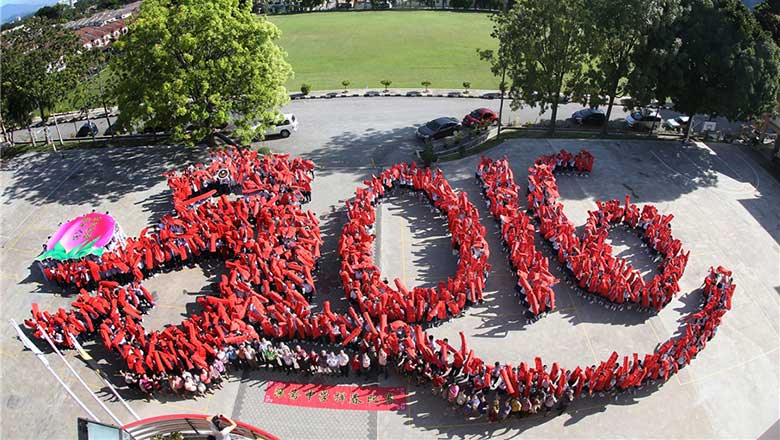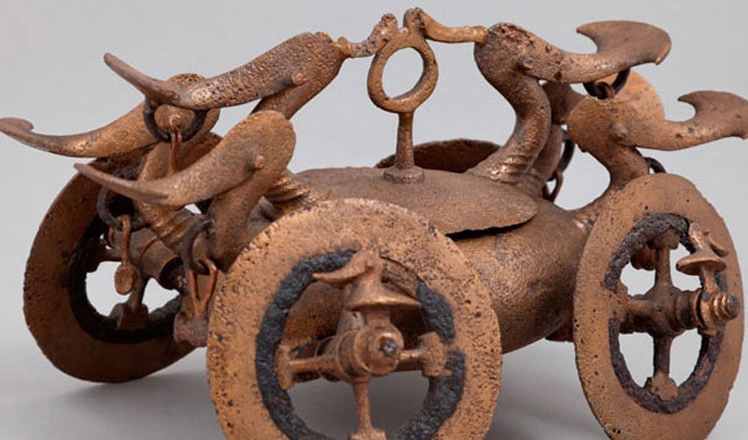Preserving Tibetan masterpiece a challenge as time marches on
Updated: 2016-02-01 07:56
By Palden Nyima and Da Qiong in Lhasa(China Daily)
|
||||||||
 |
|
Performers play King Gesar at a festival in Dege county, Sichuan province, which the legend describes as the king's hometown. Wu Guangyu / Xinhua |
New technologies give Tibetans more entertainment options
Preservation of the masterpiece of ancient Tibetan culture, The Epic of King Gesar, is facing challenges on two fronts: The region's wizened storytellers are taking their treasures to the grave even as the younger generation is focused on contemporary entertainment.
"The epic is under constant onslaught from globalization and modernization," said Tsering Phuntsok, director of the Ethnic Institute of the Tibet Academy of Social Sciences, who has been leading preservation efforts in the Tibet autonomous region.
The King Gesar story of good vanquishing evil was transmitted orally from generation to generation over a millennium. Today, it's much less popular, quickly losing ground to the many activities of modern life on the plateau, known as the "roof of the world".
"The emergence of much modern technology has provided Tibetans more options on amusements, but it also has had an impact on the traditional way of transmitting the heritage, which is mainly transmitted orally," Tsering said.
"Both the governments and insiders have been valuing preservation, rather than studies, in the past few decades, because of its importance to Tibetan folk culture," he said.
An office dedicated to preserving the epic was opened in 1979, according to the Tibet Academy of Social Sciences. Starting in the 1980s, Tibet carried out a survey on the epic's many iterations, seeking storytellers, and collecting old manuscripts and woodblock printing versions of the saga, said Tsering, 50.
More than 74 old manuscripts were collected, and within a couple of years, the office had identified 39 storytellers who could each recount more than 10 of the King Gesar tales. The epic's narrators were mainly found in Tibet's northern Nagqu prefecture, eastern Qamdo prefecture and western Ngari prefecture.
Since then, more than 57 storytellers have been identified and their tales have been preserved in print, and on audio recordings and video. More than 5,000 hours of audio recordings were collected and many of the stories have been rendered into books. A collection of King Gesar tales performed by 10 eminent storytellers from Tibet is expected to be published this year.
- Students must learn safety education, experts say
- 73 bodies recovered from rubble of Shenzhen landslide
- Chinese travelers lead 2015 global outbound tourism
- S Korea to issue 10-year visa to highly-educated Chinese tourists
- A glimpse of Spring Rush: little migrant birds on the way home
- Policy puts focus on genuine artistic students
- Obama pledges $4.2b for computer science education
- Zika a new headache for Olympics prep
- Key players in 2016 US presidential race
- Negotiating political transition in Syria 'possible': Hollande
- At least three killed in light plane crashes in Australia
- BOJ further eases monetary policy, delays inflation target

 Culture Insider: Little New Year
Culture Insider: Little New Year
 Global celebrations mark Chinese New Year
Global celebrations mark Chinese New Year
 Migrant workers riding motorcycles home for Spring Festival reunion
Migrant workers riding motorcycles home for Spring Festival reunion
 Sharing their wealth: Chinese celebrities and charity
Sharing their wealth: Chinese celebrities and charity
 The world in photos: Jan 25 - 31
The world in photos: Jan 25 - 31
 Year of the Monkey arriving in Washington
Year of the Monkey arriving in Washington
 Djokovic puts down Federer fightback to reach final
Djokovic puts down Federer fightback to reach final
 Treasures from Romania shine in Beijing museum
Treasures from Romania shine in Beijing museum
Most Viewed
Editor's Picks

|

|

|

|

|

|
Today's Top News
National Art Museum showing 400 puppets in new exhibition
Finest Chinese porcelains expected to fetch over $28 million
Monkey portraits by Chinese ink painting masters
Beijing's movie fans in for new experience
Obama to deliver final State of the Union speech
Shooting rampage at US social services agency leaves 14 dead
Chinese bargain hunters are changing the retail game
Chinese president arrives in Turkey for G20 summit
US Weekly

|

|







